- Product
- Solution for
For Your Industry
- Plans & Pricing
- Company
- Resources
For Your Industry
In today’s eCommerce environment, brands rely on price intelligence to enforce MAP policies effectively and protect their long-term value. Learn how brands use price intelligence to enforce Minimum Advertised Price (MAP) policies. Discover practical steps, real-world examples, and best practices for protecting brand integrity and retail relationships.

Q: What is a MAP policy?
A: A Minimum Advertised Price (MAP) policy sets the lowest price at which retailers can advertise a product online or offline. Retailers may sell lower in private, but they can’t advertise below the MAP threshold.
Protect brand value: Prevents underpricing that devalues perception.
Ensure fair competition: Keeps retailers competing on service, not price.
Preserve profit margins: Supports healthy reseller relationships.
Deliver consistent customer experience: Reduces confusion from price variation.
When MAP violations occur:
Price wars drive prices down.
Authorized dealers lose trust.
Brand reputation suffers.
Marketplaces show inconsistent product values.
Q: Why is MAP enforcement challenging for brands?
A: Prices change frequently across many marketplaces. Manual tracking can’t keep up, leading to missed violations and inconsistent enforcement.
| Challenge | Description |
|---|---|
| Scale | Hundreds of resellers and thousands of listings. |
| Speed | Prices fluctuate multiple times a day. |
| Accuracy | Hidden coupons or regional pricing distort monitoring. |
| Resources | Manual checks are slow and labor-intensive. |
Without automation, MAP enforcement becomes reactive rather than proactive.
Q: What does price intelligence mean?
A: Price intelligence is the automated collection and analysis of pricing data across channels to understand market trends, competitor actions, and reseller compliance.
Track product prices across retailers and marketplaces.
Detect and record MAP violations in real time.
Analyze pricing trends over time.
Produce reports for enforcement and strategy decisions.
AI-driven systems scan listings 24/7 to detect deviations from MAP instantly.
Example: A brand can see when a reseller lists a product at $179 instead of the required $199, along with proof and timestamps.
Q: How do automated alerts help with MAP compliance?
A: When a violation occurs, alerts notify your compliance team immediately, shortening response time from days to minutes.
Price intelligence dashboards visualize:
Most frequent violators
High-risk SKUs
Regional violation patterns
Snippet Summary:
Automated reports help brands focus enforcement on the products and partners that most affect profit and reputation.
Monitor international domains and currencies to ensure consistent pricing worldwide.
| Benefit | Description |
|---|---|
| Brand Consistency | Reinforces consumer trust through stable pricing. |
| Efficient Compliance | Reduces manual effort and improves accuracy. |
| Data-Driven Decisions | Insights inform strategy beyond enforcement. |
| Retailer Transparency | Promotes fairness with verified data. |
| Legal Protection | Creates a clear audit trail for policy compliance. |
Include:
Covered products and SKUs
Specific MAP thresholds
Enforcement timeline and escalation steps
Partner communication guidelines
Look for:
Wide data coverage
Real-time updates
Customizable dashboards
Integration with CRM and ERP tools
Set alert rules and thresholds. Prioritize high-value SKUs or markets prone to violation.
Q: What’s a good MAP enforcement workflow?
A:
Detect the violation automatically.
Notify the reseller with evidence.
Follow up within 48 hours.
Escalate if unresolved.
Analyze reports monthly to find patterns and improve compliance strategy.
Retailers can’t follow unclear policies. Publish a clear, concise MAP guide.
Start with education before penalties to maintain goodwill.
Track gray-market listings and take action quickly.
Adapt thresholds by region or product type.
Track how your prices compare with competitors and adjust strategy accordingly.
Understand when and how to adjust pricing without violating MAP.
Assess which promotions drive real sales versus margin erosion.
Identify when product prices drop naturally, signaling time for updates or repositioning.
Scenario:
A global electronics brand discovered repeated MAP violations across Amazon and independent retailers.
Action:
The brand deployed an automated price intelligence platform to track 300+ resellers.
Results (within 3 months):
MAP compliance increased from 62% to 95%.
Violation response time dropped by 80%.
Partner trust improved through transparent data sharing.
Q: How will AI change MAP enforcement in the next few years?
A: AI will predict violations before they occur, integrate with dynamic pricing tools, and recommend corrective actions automatically.
Upcoming trends:
Predictive MAP risk scoring
Smart alerts prioritizing impact
Integration with supply-chain analytics
MAP enforcement is no longer just compliance—it’s strategy. With price intelligence, brands gain visibility, speed, and fairness across every channel.
Price intelligence turns MAP enforcement into a proactive process that protects margins, strengthens retailer trust, and preserves brand value globally.
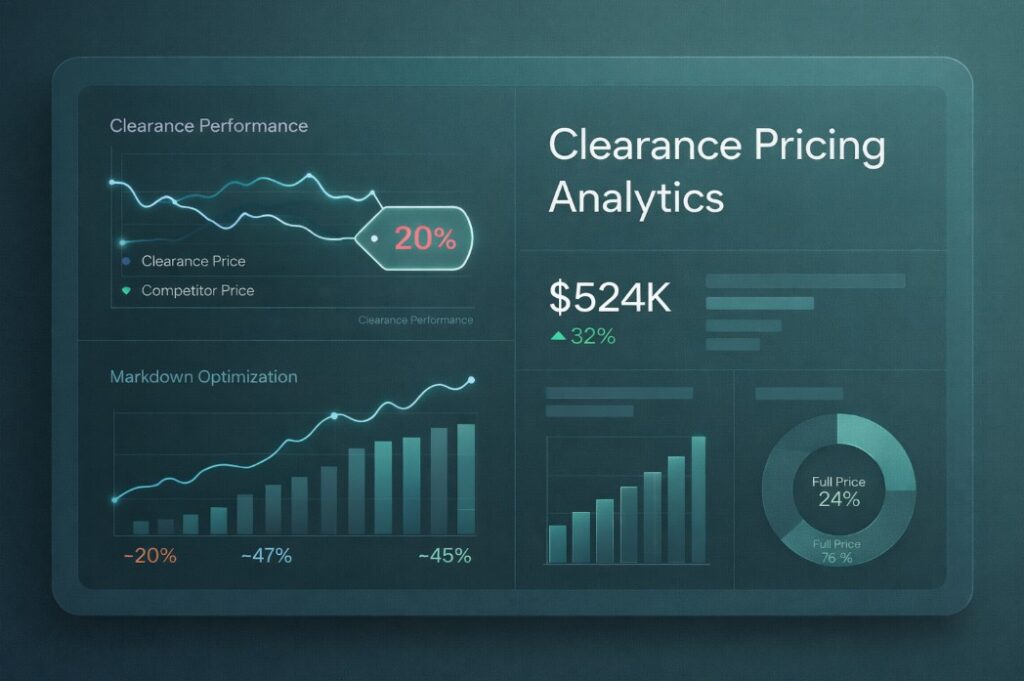
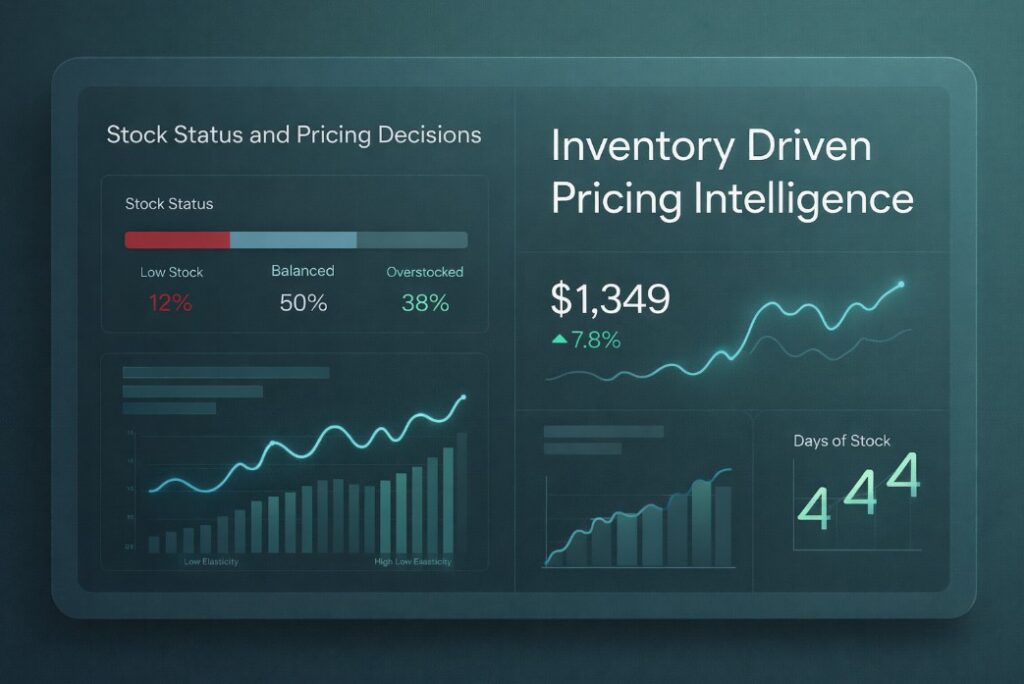
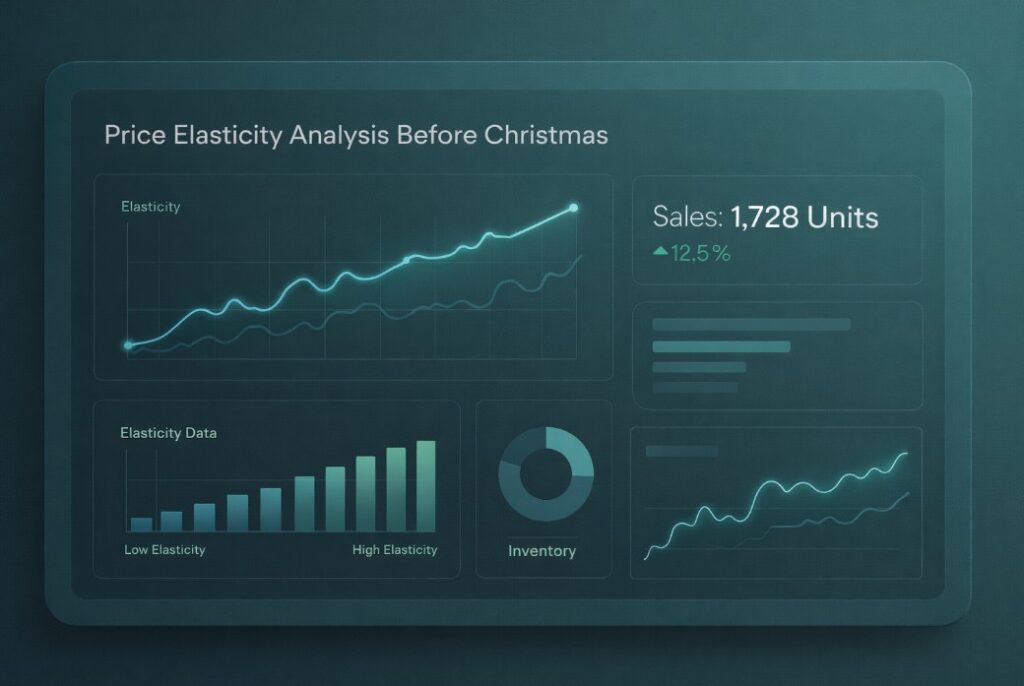
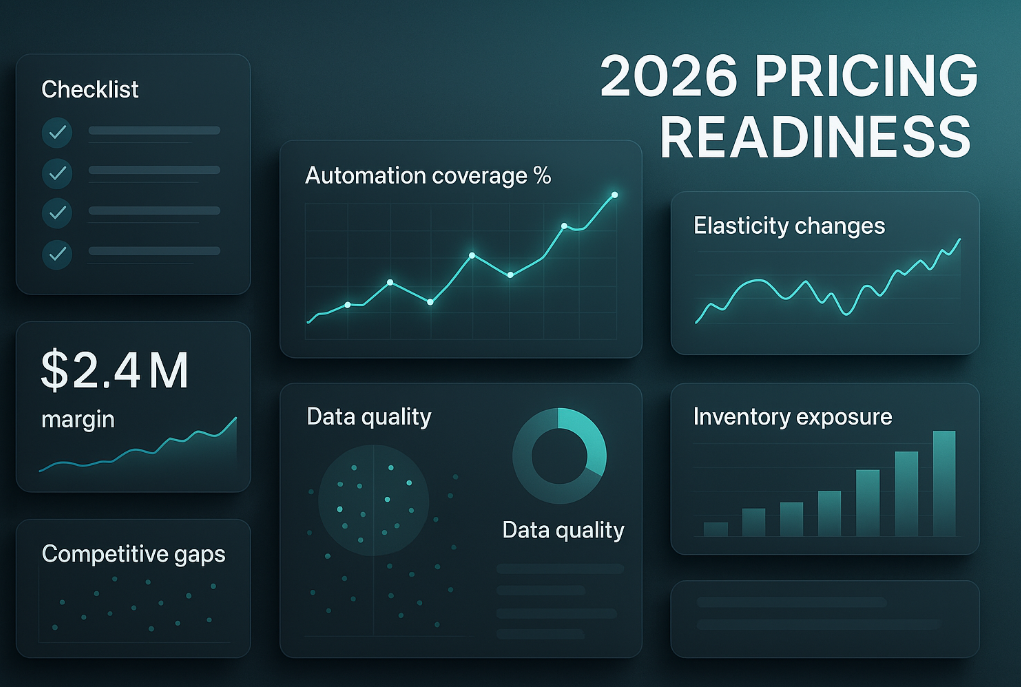
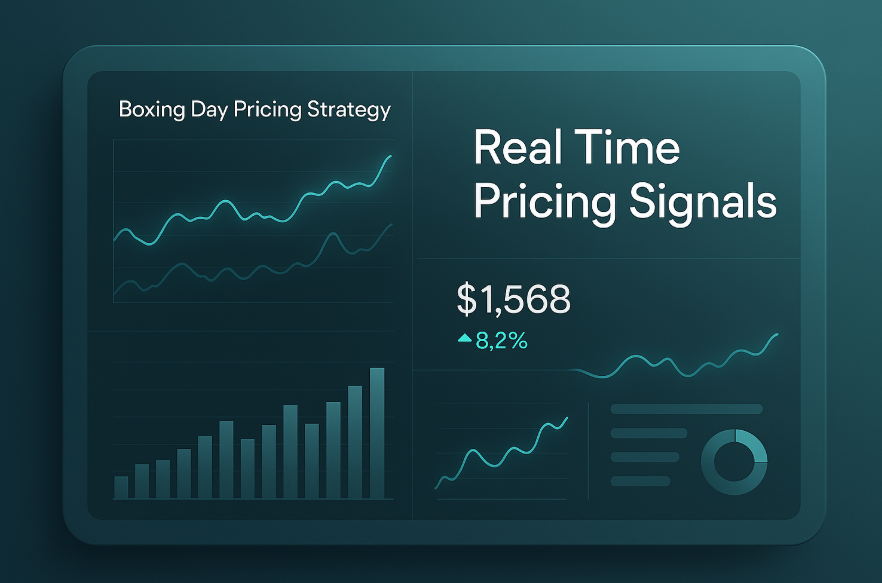
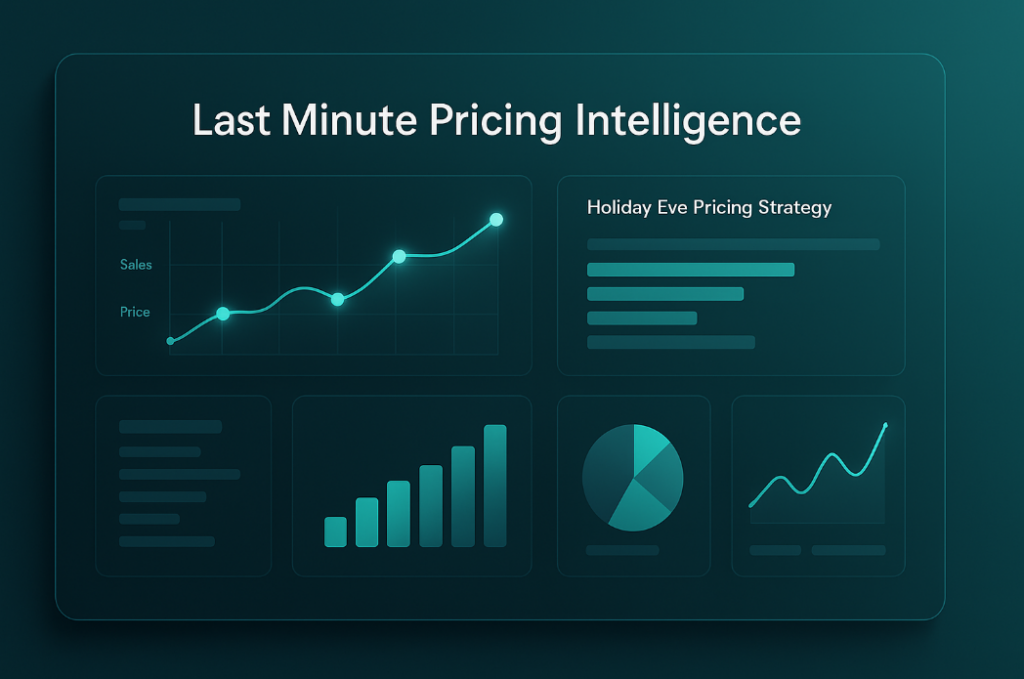







Missing an important marketplace?
Send us your request to add it!